Running Dry
It all began in 1965, when people living on the New York side of the Niagara Falls realized that its waters were becoming less and less torrential. As the months passed, the waterfall’s waters were reduced to little more than a trickle.
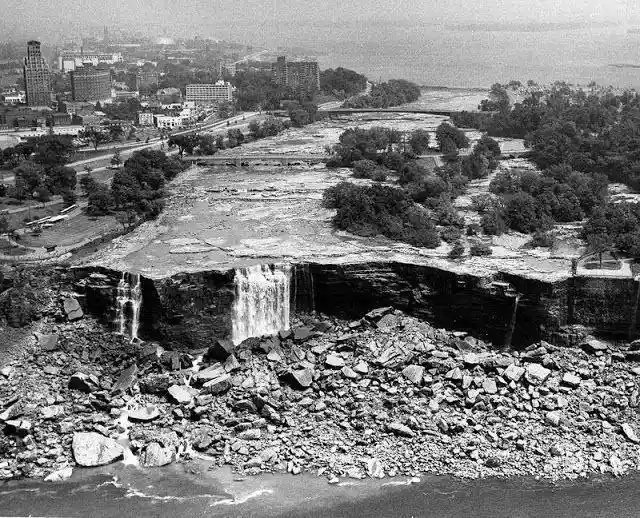
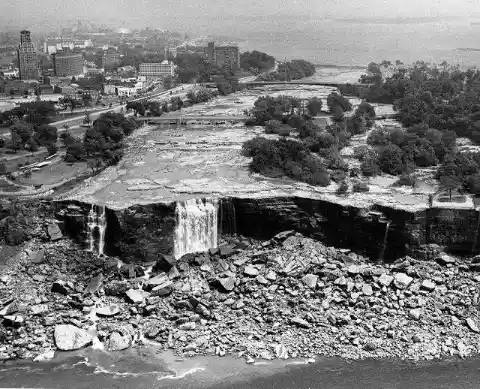
The water was dwindling and they all knew that something had to be wrong. This led to some grisly discoveries which scared off even the most daring adventurers. But what happened?
American Falls
American Falls is one of the three waterfalls that combine to create Niagara Falls and curiously, they played a key role in the drying out of the site. According to scientists, the waters that thundered over the American falls were gradually eroding the landmark.


The thing is that the rocks that get washed over the waterfall cliff gradually collect at the bottom of the falls. When these rocks pile up, they become known as a talus. Towards 1965, this talus was reaching almost halfway up the cliff.
The Real Problem
In other words, the huge amount of rock that had collected there was preventing the normal flow of water from the peak of the falls. Naturally, the residents and local authorities were worried that this pile of rock would ruin the view on the American side of the park.

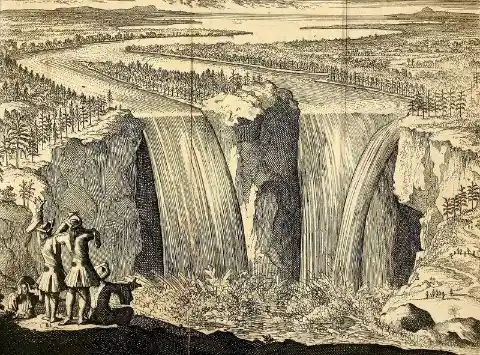
To put it bluntly, people feared that the American side of the falls would lose a lot of revenue if the waterfall stopped being as stunning as they had always been. This led the authorities to take matters into their own hands...
Joint Effort
The American and Canadian authorities contacted the International Joint Commission as well as the U.S. Army Corps of Engineers, expressing their interest in restoring the waterfalls.
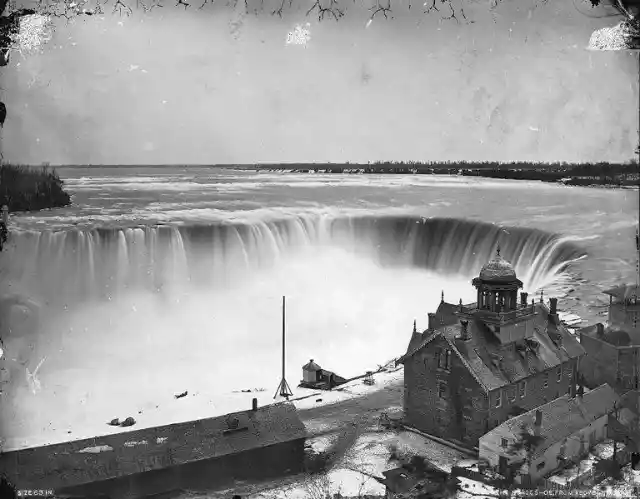
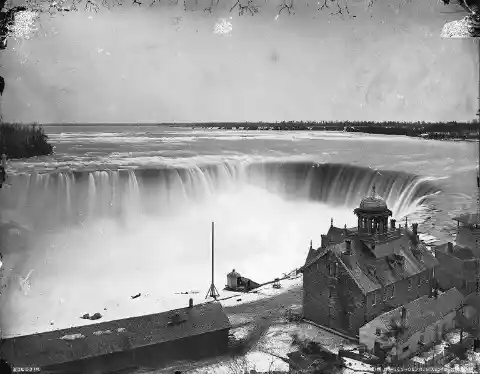
While the authorities came up with a plan, the project itself wouldn’t be easy. To begin with, the plan required stopping the water completely in order to take a proper look at the talus. Next, they'd have to remove 280,000 cubic yards of rock from the talus.
The Cofferdam
The project officially got under way in June 1969. The first thing that the team of engineers did was bring roughly 27,000 tons of earth and rock to the falls in order to construct a cofferdam, which is an enclosure built within a body of water, just like the one featured in the image.

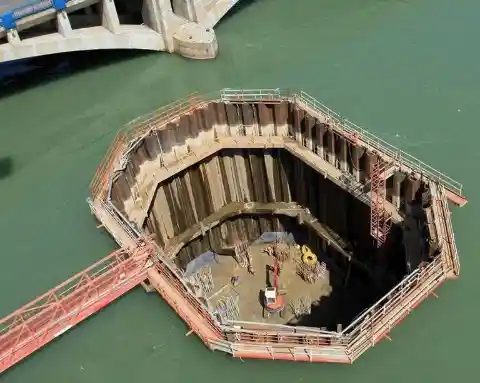
The whole point of building this structure was to redirect the water from the American Falls into the Horseshoe Falls. This would allow the engineers to finally see what lay at the bottom of the American Falls.
Unexpected Discovery
Understandably, the team expected to come across some outstanding geological feature that explained why the water was drying up. However, they discovered the unbelievable.
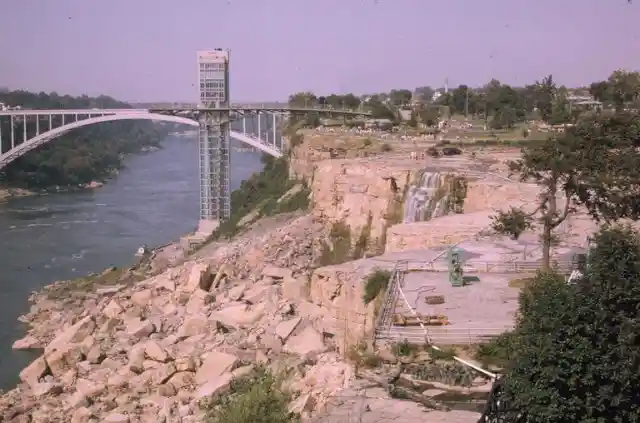

At the bottom of the falls lay not only talus rock but also human remains. Tourists saw the remains of a man and a woman on the riverbed below. Needless to say, everyone had a lot of questions about the discovery.
Long Dark History
Unfortunately, no one really knew who those two people were, though there were many rumors flying around. One rumor suggested that the man had jumped to his death from the falls. However, no one knew who they were.
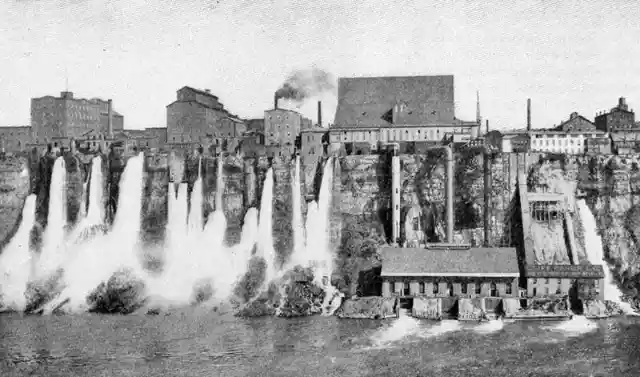
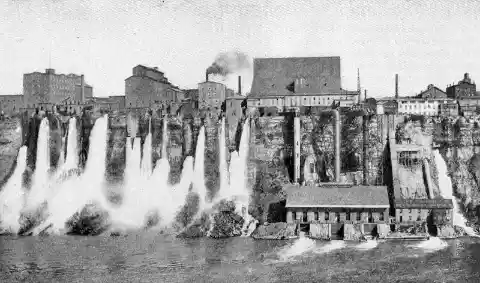
The engineers were rather disturbed by the finding, but actually, it was even more surprising that more bodies hadn’t been found, especially considering the history of the falls...
Eerie Statistics
Just so you can look at the broader picture, between 1850 and 2011, roughly 5,000 bodies were found at the bottom of the falls. Shocking, right?

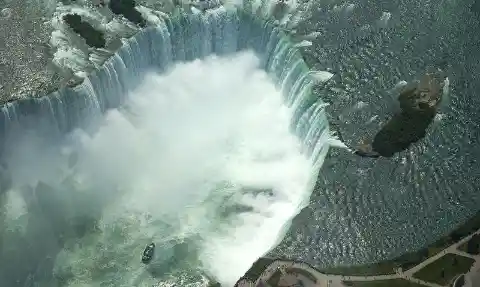
In fact, from 20 to 40 documented suicides are committed at the falls every year. Bearing this in mind, it comes as a shock that only two were found in 1969.
Do A Barrel Roll
Thrill-seekers have been taking the daring plunge from the falls’ peak since the 1820s. In fact, many adventurers have built inventive barrels and casks to topple over the peak of the falls. Naturally, only a few have survived the audacious feat.

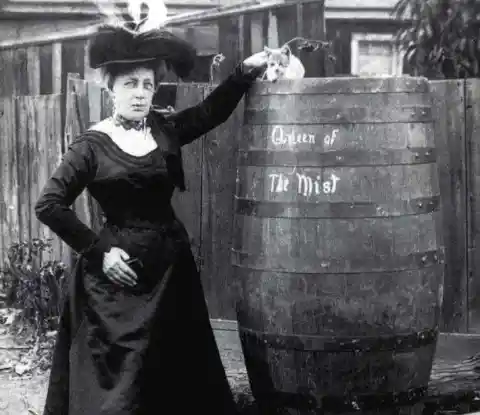
The most famous survivor is arguably Annie Edson Taylor, who took the plunge over the falls in 1901, cradled inside a wooden barrel. After her triumph, the adventurer reportedly said that “No one ought ever do that again”. Sadly, many didn’t heed her warning, which possibly explains the found remains
Unusual Objects
Other than the bodies, millions of coins were also found among the talus collection in 1969. That’s a whole lot of wishes! They also found a few wooden barrels, probably belonging to those adventurers previously mentioned.
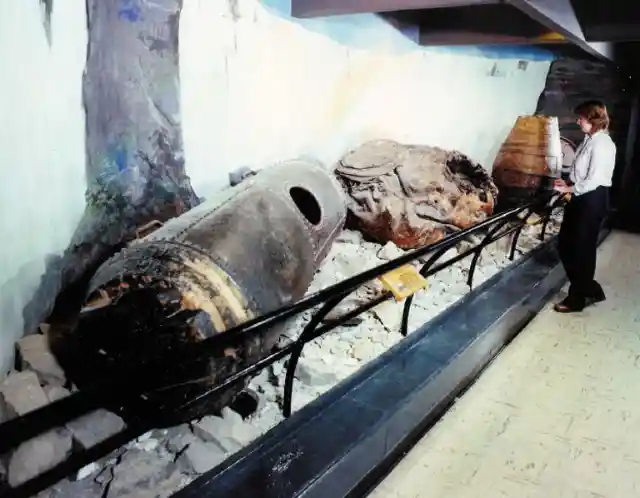
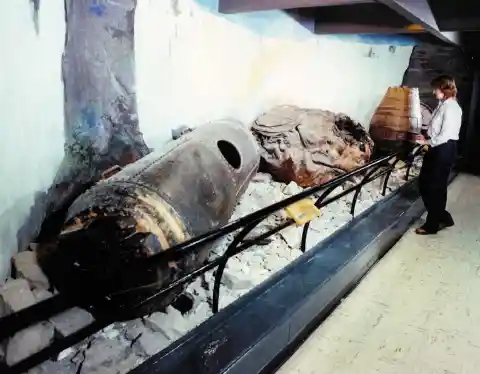
But coins and bodies aside, the engineers still needed to get the falls gushing with water again. However, to everyone's surprise, there was a sudden change of plans...
Change Of Plans
Believe it or not, after the intense and wildly expensive construction at the American Falls, the engineers decided to leave the eroded talus upon realizing that the rock was actually what supported the cliff.

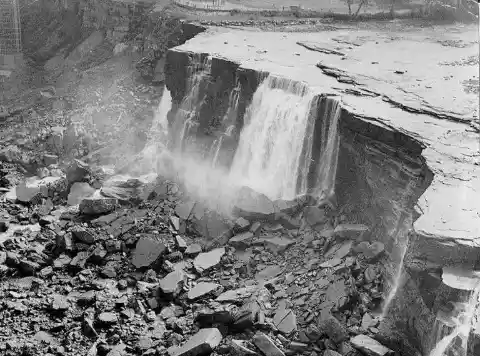
Nevertheless, the project didin't go without purpose, as the team then set themselves a new goal. With the help of anchors, bolts and cables, the U.S. Army Corps of Engineers worked on stabilizing the falls so that they could glisten and gleam for years to come.
Controversial Topic
Even though the project was successful and the Niagara Falls eventually recovered its previous volume of water, it didn't go without controversy. The International Joint Commission, for instance, stated that “Man should not interfere with the natural process”.
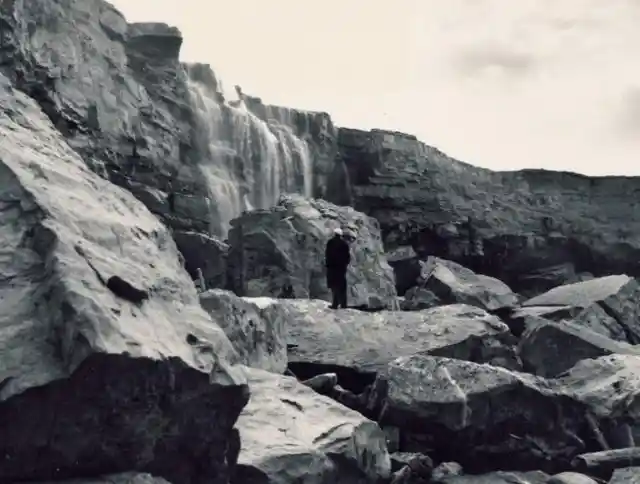

However, you'd be surprised to know that this wasn't the only time in which human intervention in natural phenomenons helped reveal important details from history. Slide next if you want to find out what happened near Portland, Oregon...
Detroit Lake
Just like the Niagara Falls nearly dried out in the mid 60s, something similar happened roughly 100 miles from Portland, Oregon. The famous Detroit Dam on the North Santiam River creates a reservoir known as Detroit Lake, which provides water for the city of Salem.

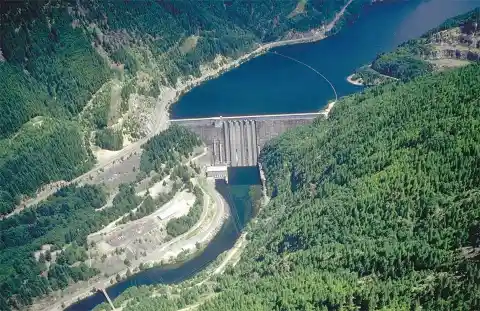
Towards the end of every year, the lake runs mostly dry, exposing a cracked-and-grassy surface that brings locals out to the Marion County mountains in droves. It’s not the lake’s barren surface they want to see, however...
Rich Past
Rather, travelers pull off Route 22 every fall — usually between October 1 and January 1 — hoping to catch a glimpse of history. For some reason, at that time of the year, tourists can appreciate a piece of the area’s rich past jutting from the soil like a troop of two-foot soldiers.


Curiously, tree stumps pepper the landscape, vestiges of the past creating an eerie atmosphere. Touch a stump and you won’t feel the familiar bark; rather, you’ll feel a thick-and-bloated stump that belongs to the depths of Detroit Lake.
More To It
For many years, most tourists thought that these stumps –interesting as they were– were all the drained lake had to offer (when full, the lake’s a popular place for water sports).


However, in 2015, a drought drained the lake in its entirety, revealing the deepest depths of the reservoir. You won't believe the secrets that were revealed...
Taking A Chance
During the drought, and thanks to a lack of snowfall in the Cascades, the lake dropped 143 feet below its average capacity. Can you guess what it looked like?
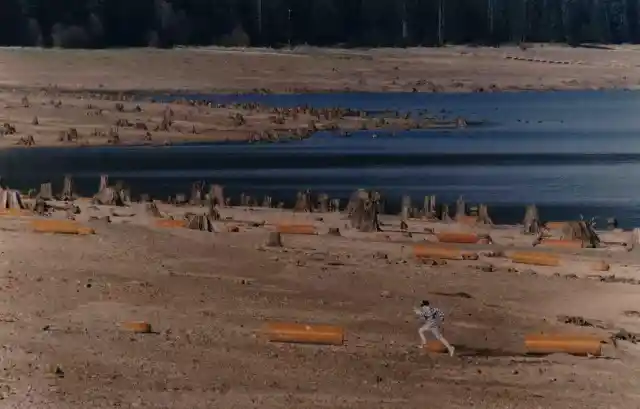

Marion County Sheriff’s Deputy Dave Zahn saw this as an opportunity to explore the land beyond the stumps. The way he saw it, this weird natural phenomenon could maybe lead to unexpected scientific discoveries. But did it?
Deputy Dave
Deputy Dave was asked about his adventurous plan on a live interview. “I went on a treasure hunt down along the river, figuring I’d find foundations or something like that,” he said.


He wandered around the dried-up lake bed, grazing the stumps with his fingertips, until he spotted something extremely unusual in the distance. Can you guess what it was?
Oddity
In a specific area of the lake bed that had been submerged underwater for over 70 years, the deputy saw what at first might’ve looked like a fat tree branch in between two stumps.


I know what you're thinking: what's so special about a thick branch? Well, the mystery didn't end there, because as the deputy neared the oddity and looked at it closely, he was able to appreciate what it actually was.
Spokes
Right in the middle of the lake, there was some sort of ancient wagon stuck in the mud. The odd vehicle had massive spoked wheels and a spring seat.
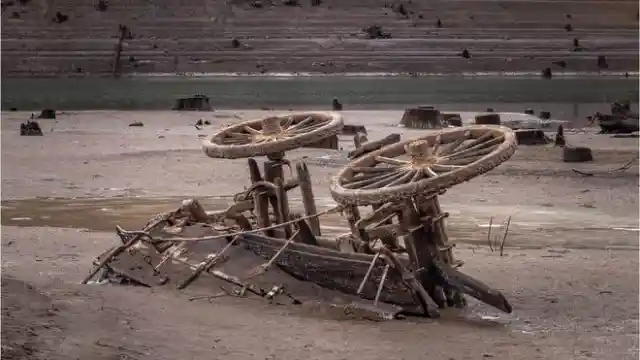

Apparently, the reservoir's relatively low oxygen levels had managed to preserve that piece of history almost to perfection. As a matter of fact, the wagon even carried a metal plate with some telling details.
An Old Gem
The metal plate revealed that the wagon had been built in 1875 by the Milburn Wagon Company of Toledo, Ohio, the biggest wagon manufacturer in the U.S. at the time.


You may be wondering why such a discovery was deemed so relevant by the residents. Not only did it hide a great historical value, but the finding also had an immeasurable impact on the local community. Here's why...
The Full Story
The discovery of the wagon reopened a hidden past. The charming history went like this: in the 1880s pioneers — likely steering carts like the one Deputy Dave found — left Michigan for the Pacific Northwest.
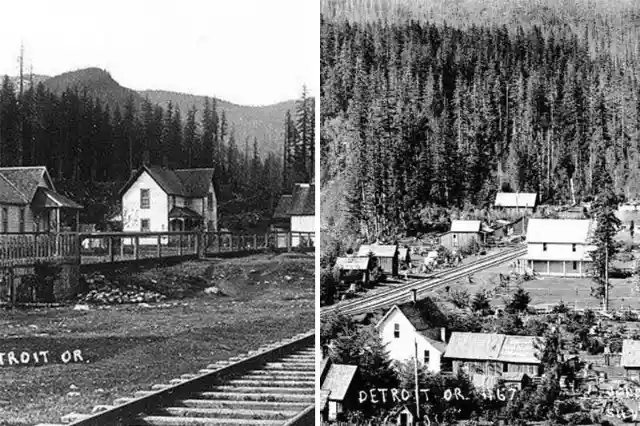

As they migrated to the Far West, they established countless settlements along the way. Once they reached what is now Oregon, they founded a settlement along a river, near present-day Detroit Lake.
New Detroit
The pioneers called this tiny settlement “New Detroit”. As you can see, it was obviously named after the capital city of the state they had just migrated from (let's not forget that Detroit, Michigan had been founded over a century before, in 1701).
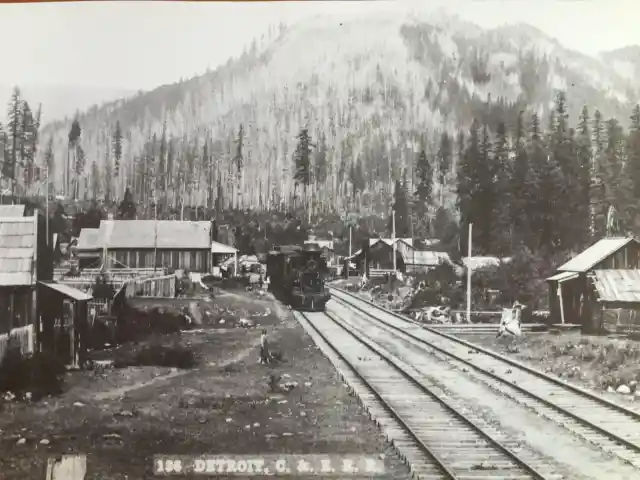
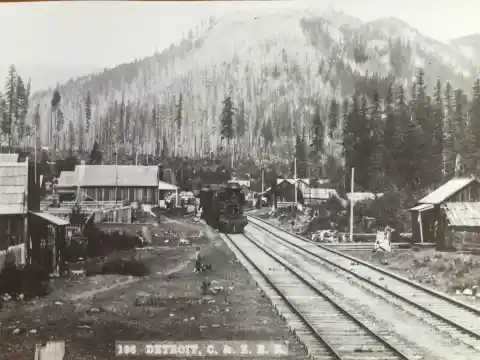
While New Detroit obviously never matched the size of its namesake, the settlement did grow to about 200 people. Also, the town made a name of itself due to its mesmerizing natural sceneries.
Small But Thriving
Just so you know a bit more about its history, this small community was located in the center of a huge forest brimmed with pine trees, and it was the temporary home to dozens of builders who worked on the construction of the Oregon Pacific Railroad.
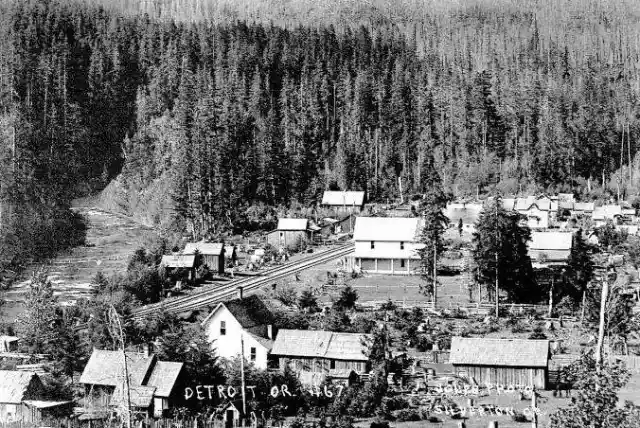

Eventually, however, the small settlement thrived on its own merit as citizens built cafés, churches, a school, a post office, hardware stores, and logging companies.
Dammed
For about 70 years, the small settlement only kept growing and growing, and it wasn't long before its population rocketed to over a thousand. However, there was a problem that haunted all of the locals...
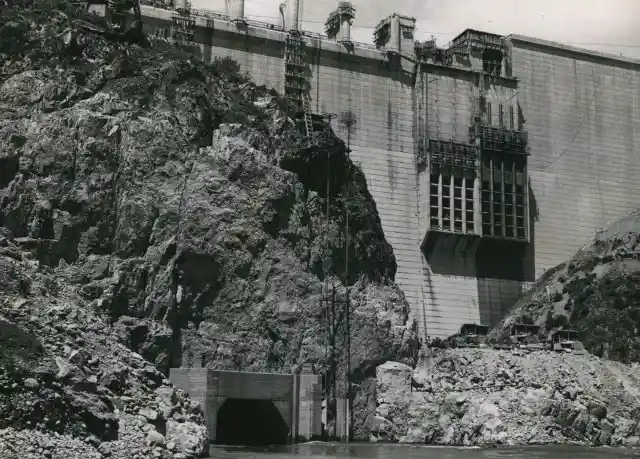
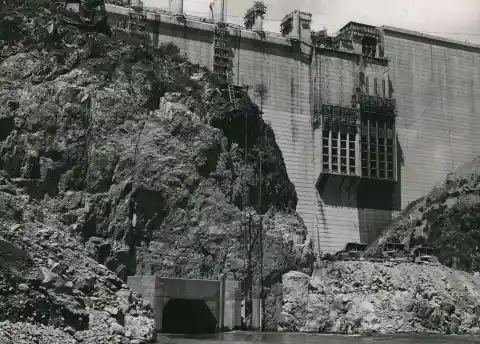
Year after year, New Detroit and the surrounding towns would suffer the consequences of the constantly-flooding North Santiam River. Consequently, the Congress devised a plan to help out the local residents and farmers by announcing the construction of a dam.
Flood Control
The 463-foot-high dam was meant to provide electricity, irrigation, and most importantly, flood control. Without a doubt, it would change the lives of the locals dramatically.


However, the residents of New Detroit knew that its creation meant the demise of their humble settlement. Therefore, when the Army Corps of Engineers arrived shortly after World War II, everyone had mixed feelings.
Stumped
From 1952 to 1953, the Corps cleared over 3,000 acres of trees in order to pave the way for what would be the dam’s reservoir.


However, they did not know, of course, that they were creating what would become a local attraction 70 years later. We're obviously referring to the tree stump garden!
Feeble Protests
As the construction of the dam progressed, some of the New Detroit residents protested against the destruction of their settlement, but to no avail.
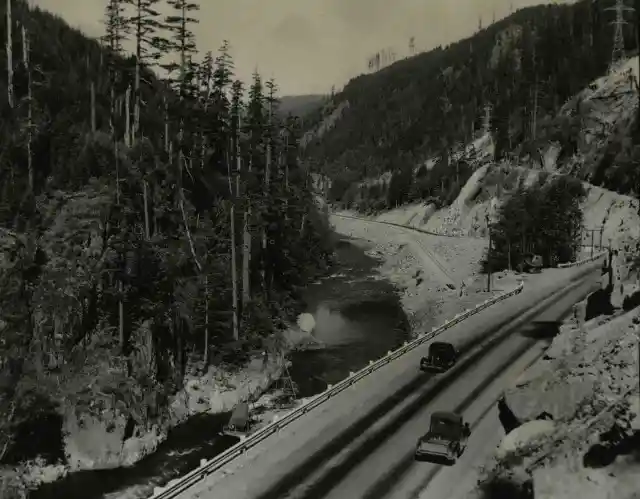
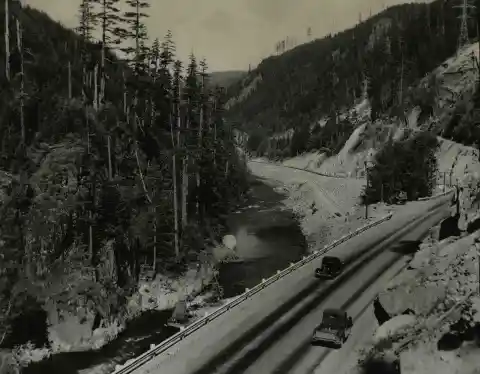
Still, grim as it looked, this was not the end of New Detroit. A few years later, the settlement was still alive, but with automobiles instead of horse-drawn carts!
Moving Day
Residents who’d grown fond of their little corner of the world simply packed up and moved to the top of a plateau about one mile away. So even though their old houses were destroyed, they received public funds to resettle nearby.
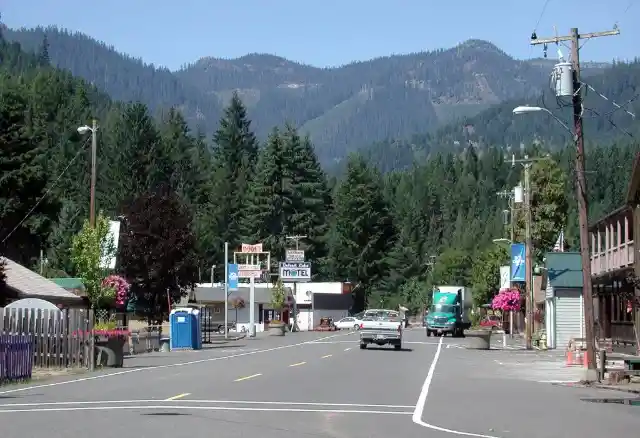

Even though they managed to build a whole new settlement from scratch just a few yards away, it must’ve been haunting to watch the water turn their old settlement — including the wagon — into a ghost town!
Secret Revealed
It wasn't until seven decades later that the secret behind New Detroit's past was finally revealed. And we all have Deputy Dave to thank! Would anyone have found the wagon if it hadn't been for the deputy's lake bed exploration?
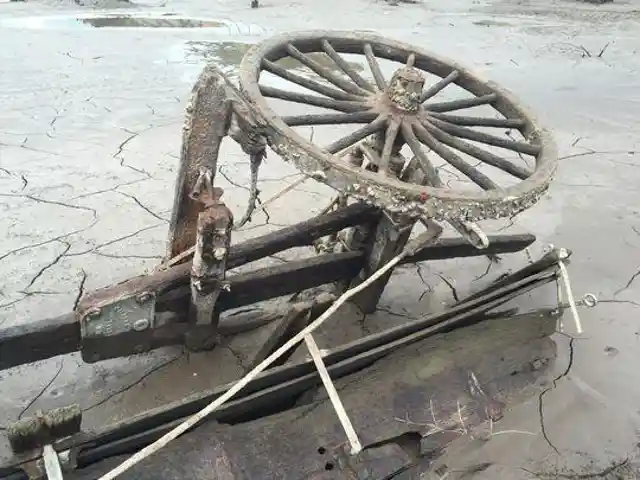

According to scientists, that neat wagon was probably first exposed after the 2015 drought. Once it was discovered, it triggered a profound interest in the town's colorful past!
You Never Know
In conclusion, the findings off Lake Detroit proves that maybe we don’t know as much about our history as we think we do.
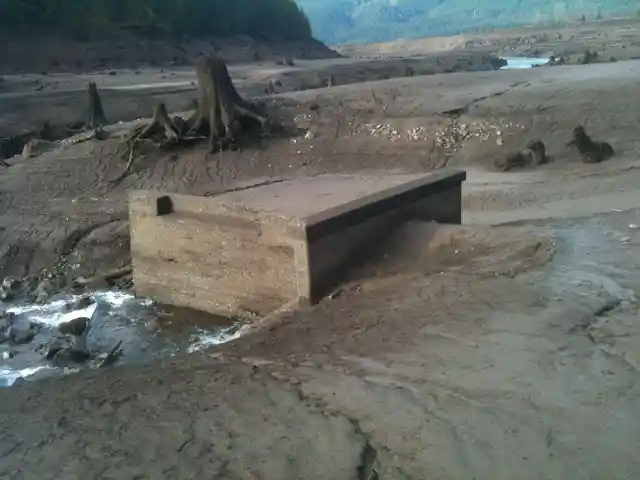
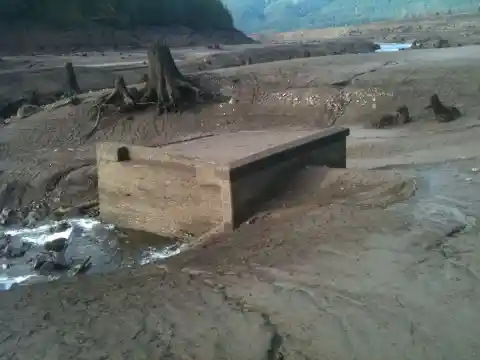
Sometimes, even the tiniest and most remote of places –like New Detroit– hide fascinating secrets. Who knows, maybe there's some odd historical gem hiding right around the corner of your home, too!